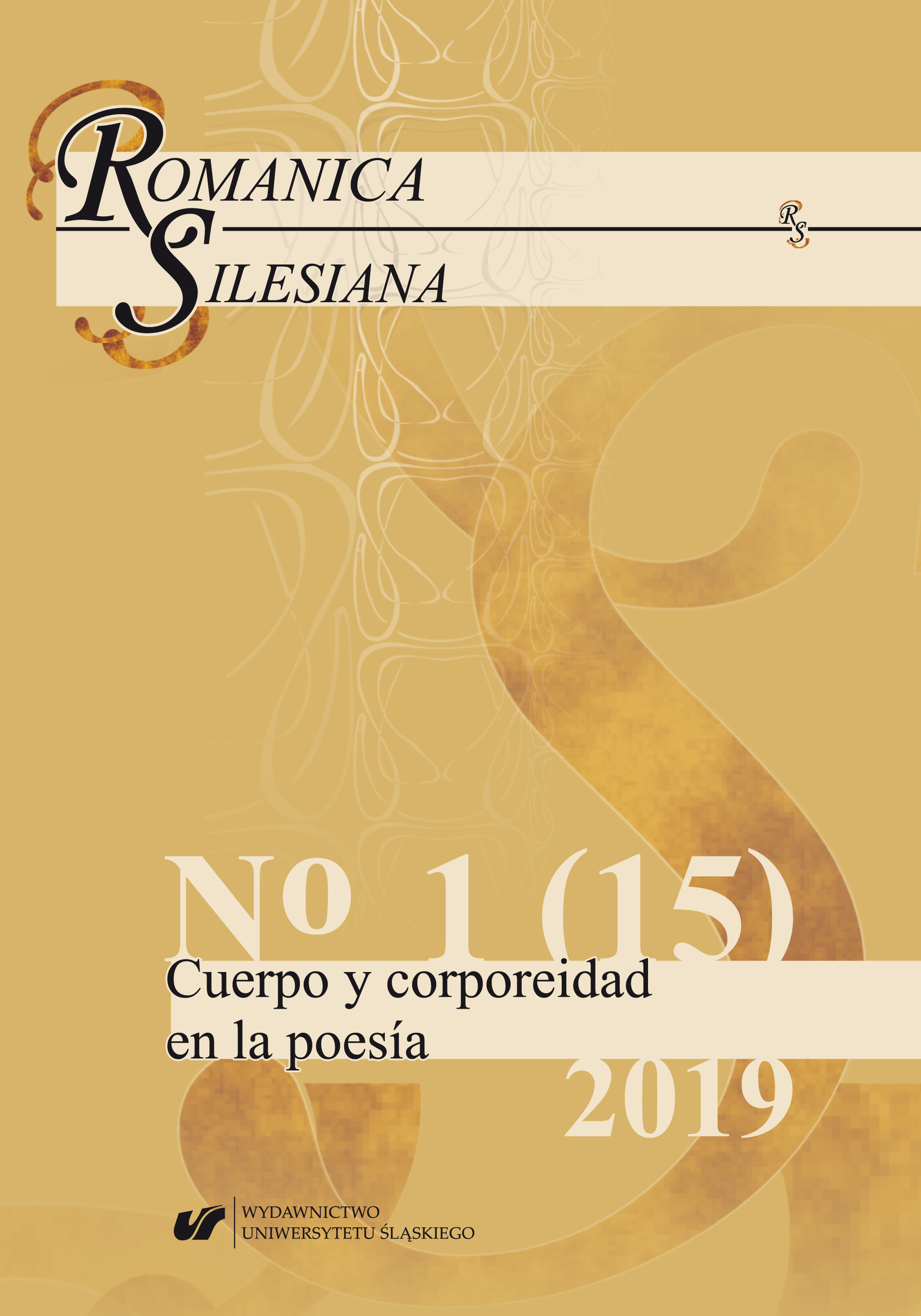«¡Eternidad, dulce niña!»: un acercamiento a la corporeidad de la «niña muerta» en “Historias” de Juan Ramón Jiménez
¡Eternidad, dulce niña!: an approch of the dead child’s corporeality in “Historias” of Juan Ramón Jiménez
Author(s): Virginie GiulianaSubject(s): Other Language Literature, Theory of Literature
Published by: Wydawnictwo Uniwersytetu Śląskiego
Keywords: Juan Ramón Jiménez; dead child; “Historias”; corporeality; poetry
Summary/Abstract: At the beginning of the twentieth century, many families experienced the death of one or more of their children. As a consequence, some artists undertaken the topic in their works, by employing the figure of dead child. The theme was reflected in poetry, pictures/photographs, paintings, and musical pieces of the time. The Spanish poet Juan Ramón Jiménez also knew the pain caused by the loss of a child. Indeed, his niece, María Pepa, passed away when she was only two years old. This tragic event had prompted the poet to write about the little girl’s death in Historias. This article attempts to analyse the elements of corporeality, or particularly – the corpse, in Juan Ramón Jiménez’s collection of poems called la niña muerta, to see how the poet underscores the figure of dead child and, by describing the dead body, increases the dramatic effect, as a way of keeping the child alive forever in his writings.
Journal: Romanica Silesiana
- Issue Year: 1/2019
- Issue No: 15
- Page Range: 144-158
- Page Count: 15
- Language: Spanish

